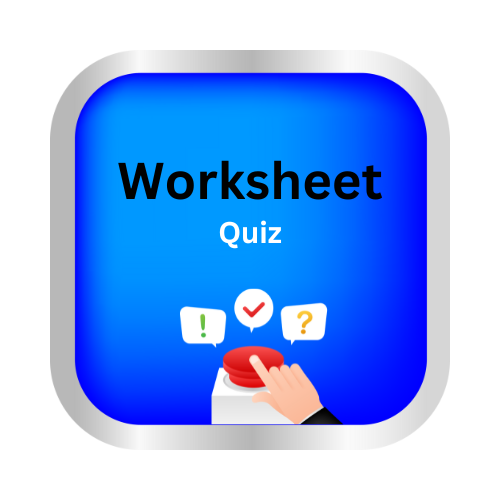Speed
Key Notes :
1. Definition of Speed:
Speed is the distance traveled per unit of time.

- SI Unit of speed: meters per second (m/s)
2. Units of Speed:
- Speed can be measured in different units depending on the situation:
- Meters per second (m/s)
- Kilometers per hour (km/h)
- Miles per hour (mph)
3. Types of Speed:
Average Speed: Total distance traveled divided by total time taken.

- Instantaneous Speed: Speed at a particular moment in time.
- Constant Speed: When an object moves at the same speed for the entire journey.
4. Factors Affecting Speed:
- Distance: A greater distance requires more time, which can affect the speed.
- Time: More time taken for the same distance will reduce the speed.
- Object’s Motion: Speed can change based on whether the object is accelerating, decelerating, or moving at a constant speed.
5. Speed and Velocity:
- Speed is a scalar quantity (only magnitude).
- Velocity is a vector quantity, which means it includes both the magnitude (speed) and direction.
- Speed doesn’t tell you direction, but velocity does.
6. Relation Between Distance, Speed, and Time:
- The three quantities are interrelated. If any two are known, the third can be calculated using the following formulas:
- Distance = Speed × Time
- Time = Distance ÷ Speed
7. Examples:
- If a car travels 100 km in 2 hours, the speed is

- If a runner completes 200 meters in 40 seconds, the speed is

8. Practical Applications:
- Speed is important in daily life, such as calculating travel time, understanding traffic laws, or determining the speed of athletes.
- It is used in fields like physics, transportation, sports, and engineering.
9. Graphical Representation:
- A distance-time graph shows how speed varies over time.
- A straight line indicates constant speed.
- A sloped line indicates changing speed (acceleration or deceleration).
10. Speed Limits:
- Speed limits are regulations that set the maximum allowable speed on roads for safety purposes.
Let’s practice!

